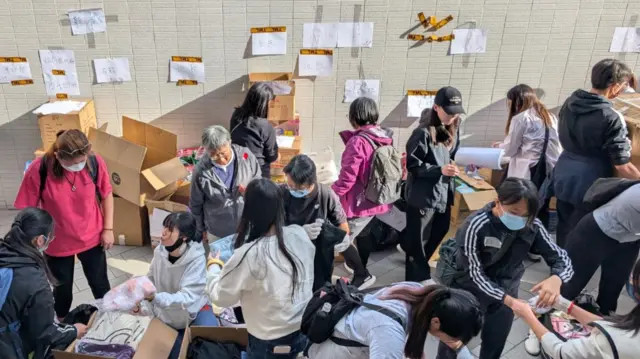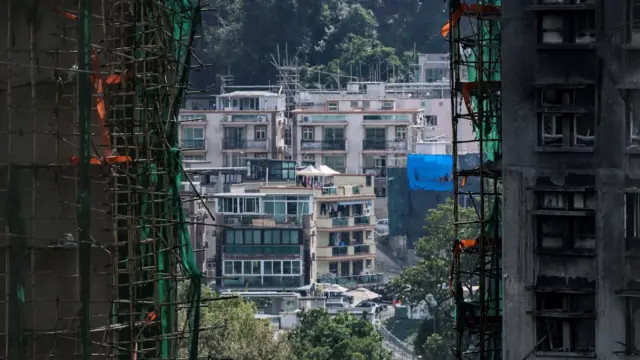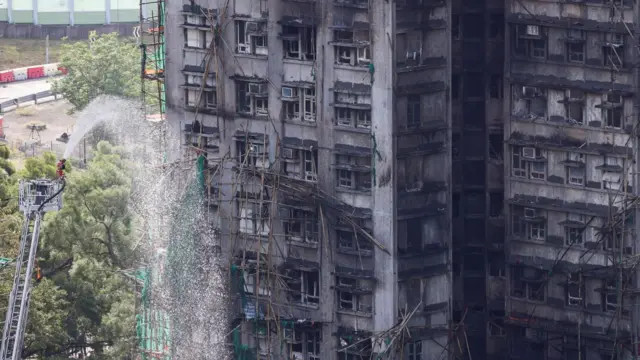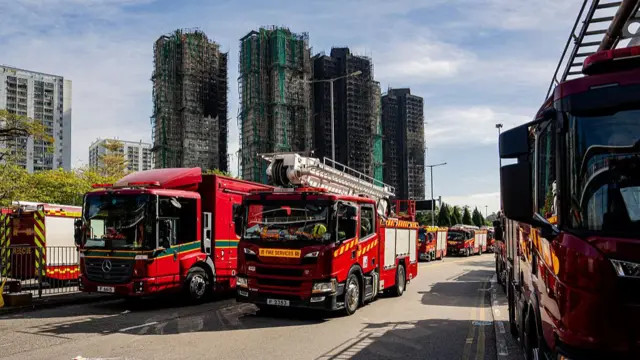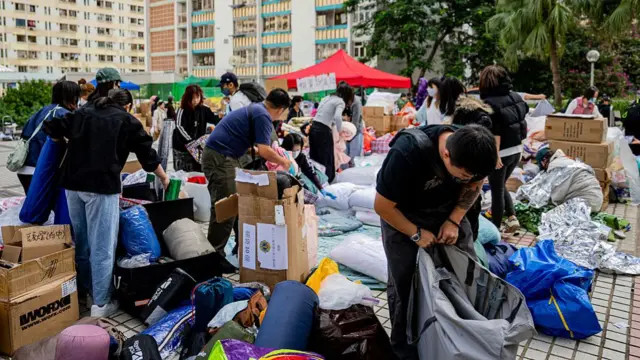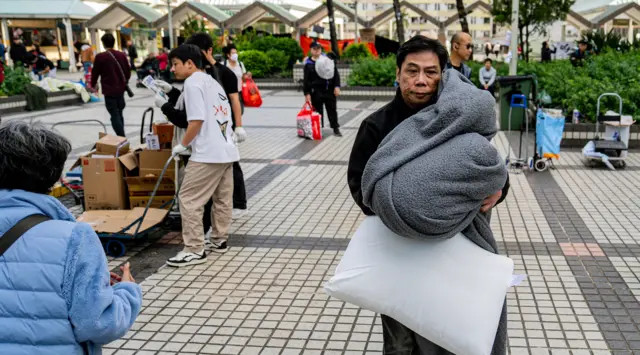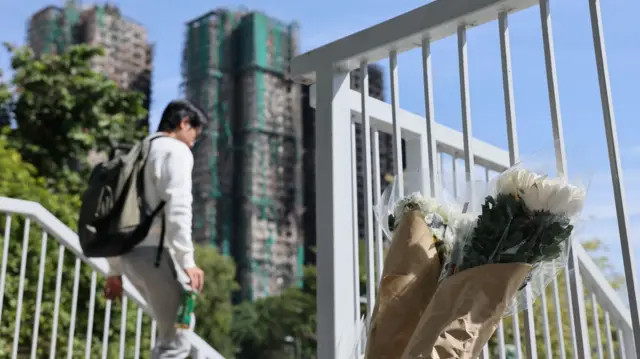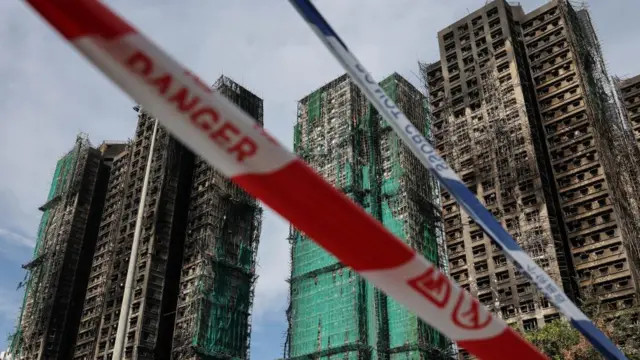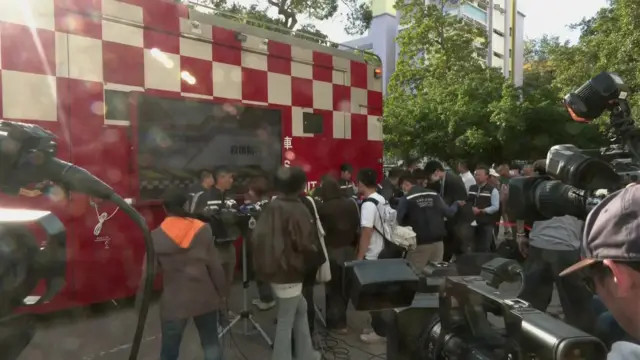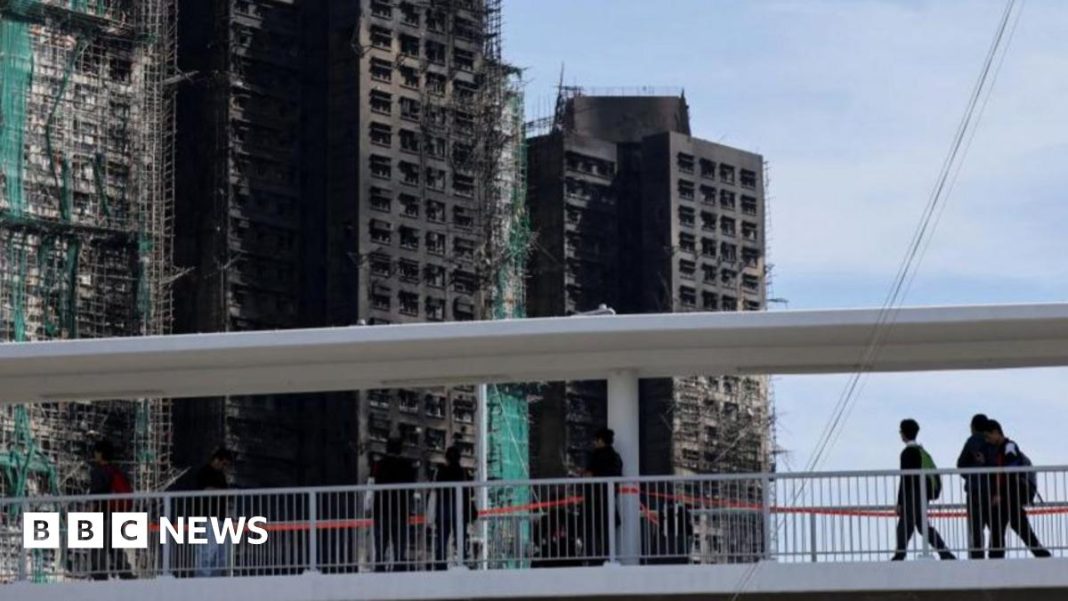Devastating Fire at Wang Fuk Court: A Community in Mourning
As the sun sets over the skyline of Hong Kong, a somber atmosphere hangs heavy in the air, particularly in the Tai Po district where the tragic aftermath of a catastrophic fire continues to unfold. On Wednesday, around 14:51 local time (06:51 GMT), a fire erupted at the Wang Fuk Court apartment complex, a facility housing approximately 4,600 residents. This devastating incident has claimed the lives of at least 128 individuals, with many more still reported missing, leaving families and communities grappling with grief and uncertainty. As the days pass, the emotional toll on the survivors begins to surface, demanding attention and understanding from the wider community.
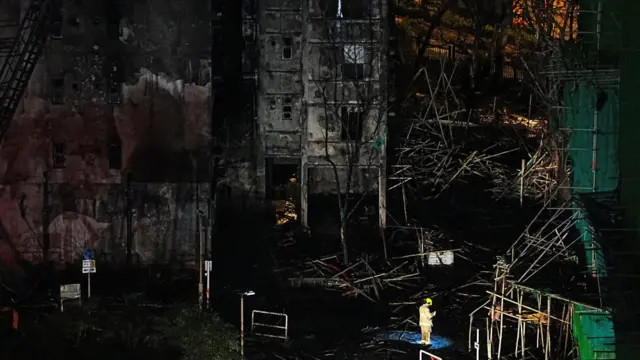
The Timeline of Tragedy
The fire, which engulfed the estate for over a day, was not merely a sudden flare-up but rather a rapid escalation that shocked witnesses and responders alike. Initial reports indicate that flames were visible just six minutes after the fire first broke out, spreading quickly to multiple floors and eventually engulfing seven of the eight tower blocks within the complex. Eyewitness accounts describe the horrifying scene, where residents could see the inferno consuming their homes, with flames licking skyward and thick clouds of smoke billowing ominously. A staggering sequence of events unfolded, culminating in the fire being extinguished only around 10:18 local time the following day (02:18 GMT). The extent of the destruction became evident as firefighters worked tirelessly, battling the raging flames that seemed relentless in their fury.
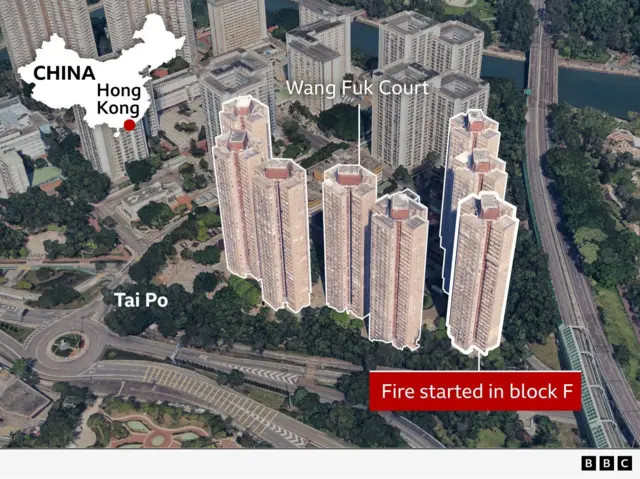
System Failures and Allegations of Negligence
Amid the chaos, it has emerged that fire alarms across all eight blocks were ineffective, with reports from residents indicating that they either did not sound or were malfunctioning during the critical moments of the blaze. This revelation has triggered outrage and prompted questions regarding fire safety standards at the Wang Fuk Court. The Hong Kong Fire Services Department confirmed these alarm malfunctions, raising serious concerns about the compliance of safety regulations in a high-density residential area. Many residents, now bereaved and traumatized, are demanding accountability from those responsible for maintaining safety measures within the complex. Activists and community leaders have begun organizing rallies to advocate for improved fire safety protocols, highlighting the urgent need to reassess existing regulations to prevent another tragedy from occurring.
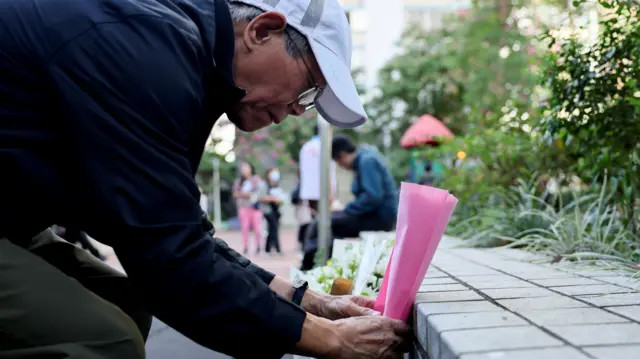
Arrests and Investigations
In a swift response to the disaster, authorities have arrested three men associated with a construction firm on suspicion of manslaughter. These individuals were reportedly responsible for ongoing renovation works at the complex, and preliminary investigations suggest gross negligence in their oversight of safety measures. The public outcry surrounding these arrests reflects a growing frustration with perceived lack of accountability in the construction industry. Furthermore, a separate corruption investigation has been launched, further deepening the complexities surrounding this tragedy. Questions have emerged regarding whether cost-cutting measures during renovations compromised safety standards, putting residents at risk. As the investigations progress, the community hopes for transparency and justice for the lives lost.
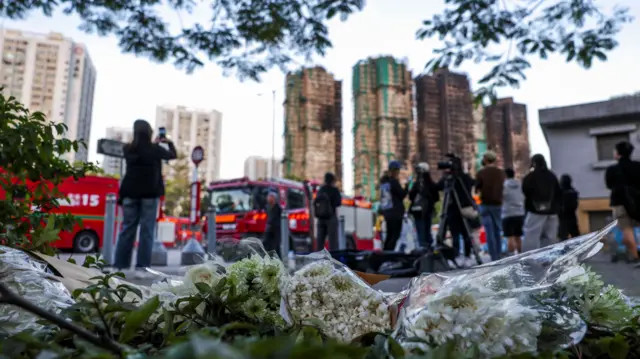
A Community in Distress
As the community grapples with the loss, the humanitarian response has begun to take shape. Shelters and support centers have been established to provide immediate assistance to those affected, including cash subsidies for displaced families. Residents like Edwina Antonio, executive director of the migrant women’s refuge Bethune House, are advocating for vulnerable workers, warning that many of them may face termination of employment due to the trauma inflicted by the fire. “If they get terminated and they are traumatized by this incident, it’s a double whammy for them,” she noted, highlighting the precarious situation of many domestic workers in the region. The emotional and psychological impacts of the fire cannot be understated, as families are left not only to contend with material loss but also to navigate the complexities of grief and trauma. Community groups are mobilizing to provide counseling services to help those affected start to heal from this unimaginable experience.

Safety Concerns: Bamboo Scaffolding and Construction Materials
The fire has ignited a heated debate about the use of traditional construction materials such as bamboo scaffolding, which has been implicated in the rapid spread of the flames. Experts suggest that the combination of bamboo and other flammable materials, including Styrofoam discovered on the exterior of the buildings, may have exacerbated the fire’s intensity. While some residents defend bamboo as a safe construction practice, citing its longstanding use throughout Hong Kong, others call for a reevaluation of its use in light of this disaster. Building safety advocates are urging officials to consider more fire-resistant alternatives to bamboo, which, although lightweight and flexible, has shown vulnerabilities in extreme conditions. The debate has opened up wider discussions on how building materials impact safety and how regulations could be updated to ensure more stringent fire safety measures in high-density living environments.

Next Steps: Investigations and Community Healing
As the investigation unfolds, authorities are employing various methods, including DNA sampling, to identify the deceased and support families in their search for missing loved ones. Community centers are actively serving as hubs for support, where volunteers are organizing supplies for those in need. The heart-wrenching stories of residents who witnessed the fire and lost their homes serve as a powerful reminder of the fragility of life and the importance of community solidarity in times of crisis. Local businesses have stepped up to offer assistance, providing food and resources to those displaced by the fire. In the midst of devastation, acts of kindness and generosity are emerging as a testament to the resilience of the human spirit.
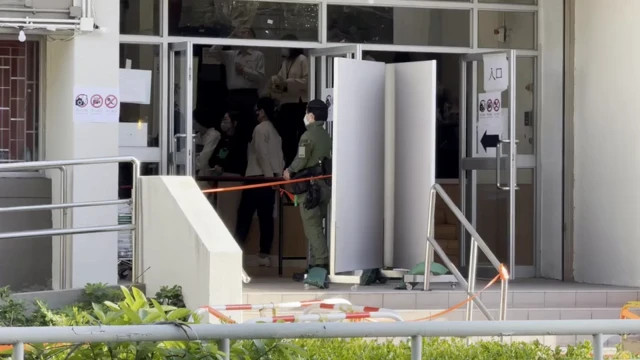
Conclusion: A Call for Accountability and Change
In the wake of this tragedy, the need for accountability and change within Hong Kong’s construction and safety regulations has never been more urgent. As families mourn their lost ones and survivors seek to rebuild their lives, there is a collective hope that this harrowing event will catalyze significant reforms to prevent future disasters. The devastated residents of Wang Fuk Court deserve justice, and their stories must serve as a beacon for change in ensuring the safety and well-being of all Hong Kong citizens. This incident stands as a poignant reminder that safety in urban environments is paramount, and the lessons learned from this tragedy must inform future policies and practices to protect against similar occurrences. Only through accountability, reform, and community cohesion can the scars of this disaster begin to heal, fostering a safer and more resilient society moving forward.



